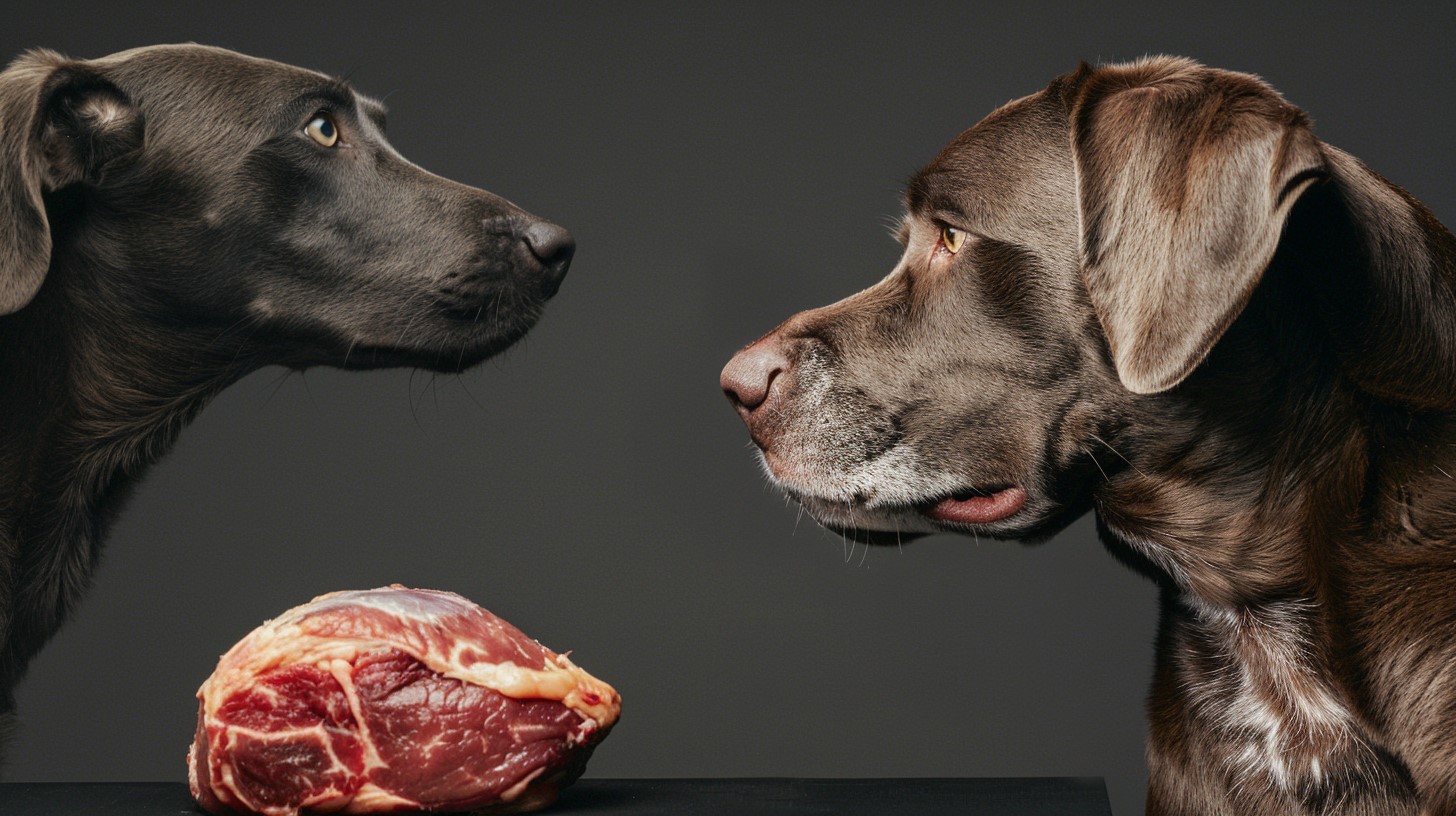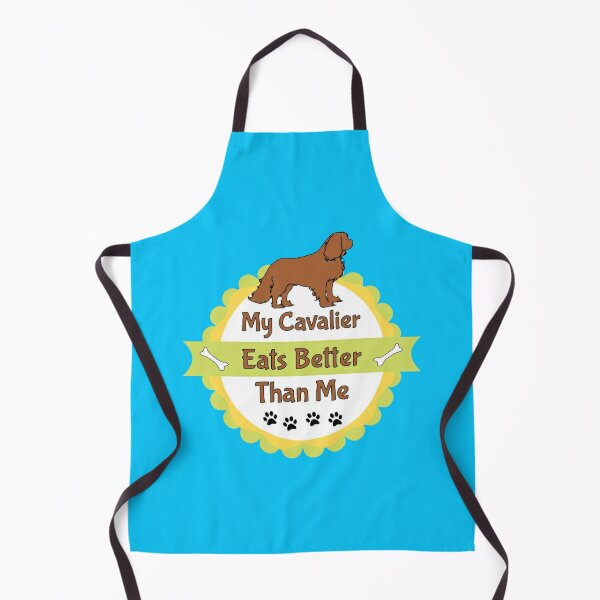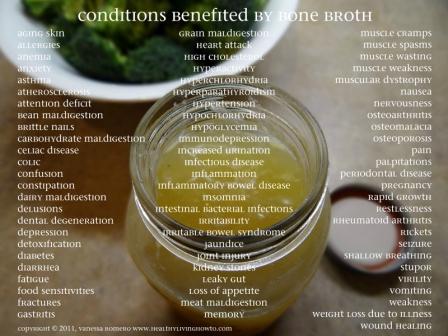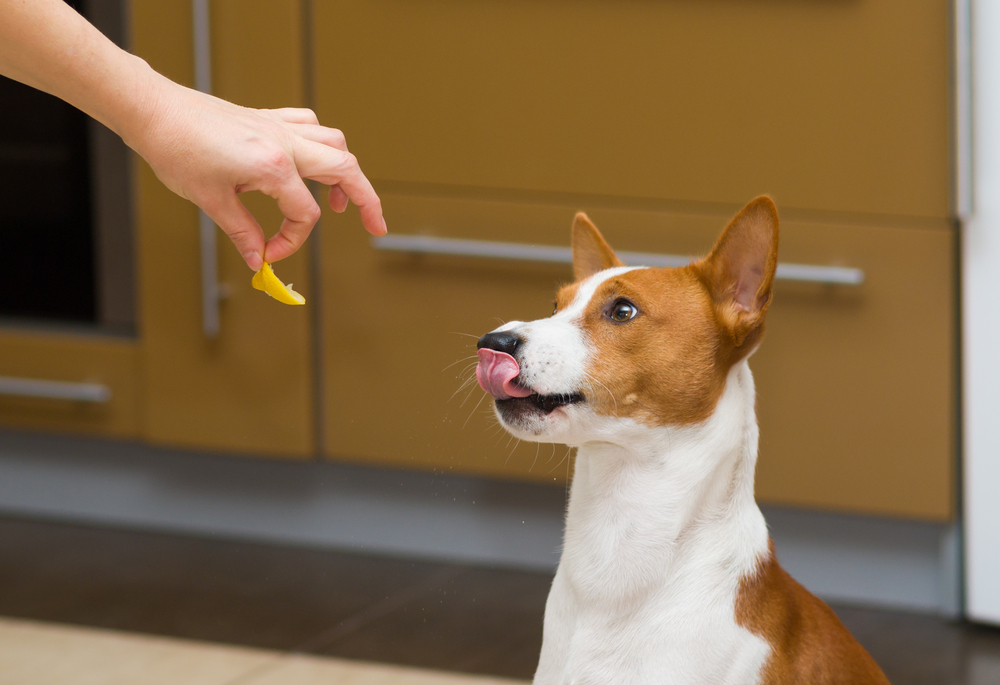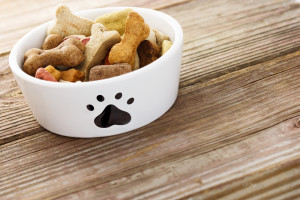Small amounts of bread, even seeded bread, shouldn’t harm your dog – in most cases.
But ask yourself this – why would you feed bread to your dog?
Bread isn’t a natural food for dogs, and although their scavenger nature will mean they eat it, in any kind of excess it can be very harmful. Seeds on seeded bread add another level of possible problems, such as dietary sensitivities and allergies.
I must clarify intolerances to bread in dogs is more correctly termed “dietary sensitivity”. It’s not an allergy if it’s a food your dog shouldn’t be fed anyway – bread is one such food.
However, dogs can benefit nutritionally from some grain in the diet, and bread is grain-based, but it is less likely they will benefit from the seeds on seeded bread. If you want to know why, pull apart their poos – you’ll see why.
Is seeded bread safe for your dog?
It’s not so much the seeds, but other additives you may find in some brands of bread.
Watch out for:
- Additives
- Artificial sweeteners
- Excessive salt
Wheat is an ingredients commonly associated with dietary sensitivities in dogs. If your dog is one of them, any wheat-based bread may cause your dog to become itchy, suffer hot spots, or develop yeasty ear syndrome.
Wheat goes hand in hand with gluten, which may cause your dog problems in the same way many people are gluten intolerant.
Moderation, and never excess!
Did you know most food-related problems in dogs are caused by feeding a food in excess?
You can include single brands of kibble in that, because not giving your dog a variety can lead to many health conditions.
On social media we often hear of foods which are bad for dogs, when it isn’t completely correct. Take garlic for example, viralised for being a no-no but is actually beneficial for dogs in moderation. If you read the research (which I have, and not many others have), the conclusion was multiple cloves of garlic were potentially harmful. Not the small amounts you find in many dog foods.
Feeding your health dog a little bit of seeded bread will likely cause no issues at all. It may even be beneficial.
In moderation, however, it could make your dog ill.
Let’s consider the risks, and then you can decide for yourself if you should feed your dog seeded bread (or any bread)…
The risks of feeding your dog seeded bread
We are often told our dogs are omnivores, but common sense tells us they sit more at the carnivore end of the scale compared to us.
With a shorter digestive tract and big carnivore teeth, it’s easy to understand dogs digest meat better than starchy foods like bread.
Let’s consider the three main risks of feeding your dog seeded bread:
- Potential digestive issues – Grains are slower to digest and may overload your dog’s digestive system. You can’t feed a lion lettuce and expect it to thrive, and the same applies for feeding dogs bread. Some seeds may cause digestive upset, contain compounds which are toxic to dogs (perhaps over longer term feeding), and can also pose a choking hazard (from seeds getting lodged in the throat).
- Allergic and dietary reactions – If your dog shows any signs of itching, scratching, hot spots, swelling, or gastrointestinal distress, stop feeding any kind of bread immediately.
- Mold – You know how quickly mold can grow on bread, and sometimes we don’t even notice it. Mold can be very toxic and harmful to dogs, and in some cases can lead to severe illness or death.
Conclusion – Should you feed seeded bread, or any bread, to your dog?
You may have picked up on the fact bread isn’t something a dog needs in their diet. In fact, the only reason we may feed bread to our dogs is because we want to give them a treat, to make them happy, or because we’re frustrated with the cost of dog food – I get that.
Bread and seeded bread is unlikely to cause your dog harm in most cases, and in small moderation. It will be a different story if your dog suffers dietary sensitivities to seeds or ingredients in bread, even additives, and salt can be an issue.
Lastly, moldy bread poses a further risk which can lead to your dog being very sick.
I hope that answers your question whether a dog can eat seeded bread!

